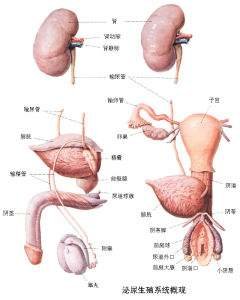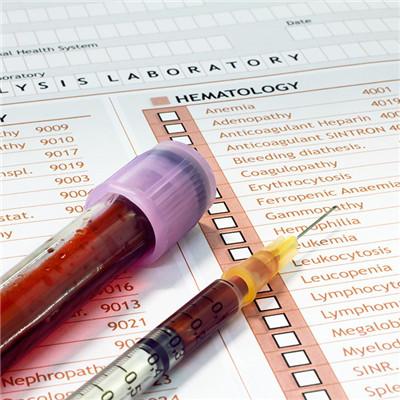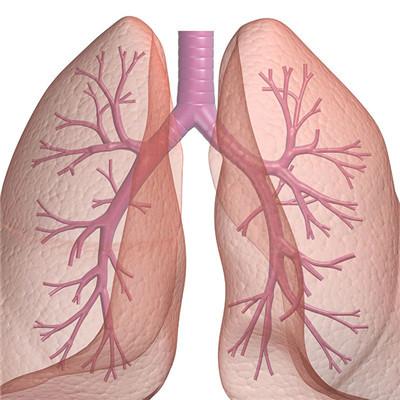Symptoms of infantile nephroblastomatosis?
summary
Nephroblastoma, in the medical literature, for the name of this disease has been up to more than 80, we can see the bad situation of this disease, so this disease is also the most malignant solid tumor in infants. In general, the abdominal mass will be found when bathing infants and young children, and gradually become larger with time. In addition, the increase of urine bleeding and blood pressure in infants and young children indicates the growth of nephroblastoma. Wilms tumor can also cause some systemic symptoms, such as general weakness, fatigue, rapid weight loss and so on. Nephroblastoma seems so obstinate, but with the doctor's treatment, there is still hope. The symptoms of infantile nephroblastomatosis will be discussed now.
Symptoms of infantile nephroblastomatosis?
First, many children with Wilms tumor are asymptomatic in the early stage, and large abdominal masses in weak infants are the characteristics of this disease. It is often found by parents or doctors accidentally touching the mass. The size of Wilms tumor varies greatly. The diameter of small tumor can be only a few centimeters. The size of large tumor can be so huge that it can fill the abdominal cavity and affect breathing, resulting in dyspnea; Tumor is easy to touch, solid, smooth, poor activity, occasionally nodular. Solid and inactive can be distinguished from hydronephrosis or renal cyst. Other physical examination findings include absence of iris, hemiplegia, etc. Hypertension and fever are common. Renin activity and erythropoietin in blood are also higher than normal.

Second: hematuria is not obvious because the tumor rarely invades the renal pelvis. About 50% of the children's initial symptoms were abdominal pain, hematuria and fever accounted for 20% - 25%. Systemic symptoms such as fatigue, discomfort and weight loss are mostly late manifestations. One third of the children were under 2 years old at the first visit, and two thirds were under 4 years old.

Thirdly, hypertension is caused by the increase of renin secondary to tumor or the compression of renal artery by mass. The incidence of hypertension is 30% - 65%. Hematuria occurred in 10% - 25% of the patients in the late stage, and the prognosis was poor. The blood pressure returned to normal after the tumor was removed.

matters needing attention
At ordinary times, we must pay more attention to adjust our living conditions and develop good habits to prevent the occurrence of various diseases.














